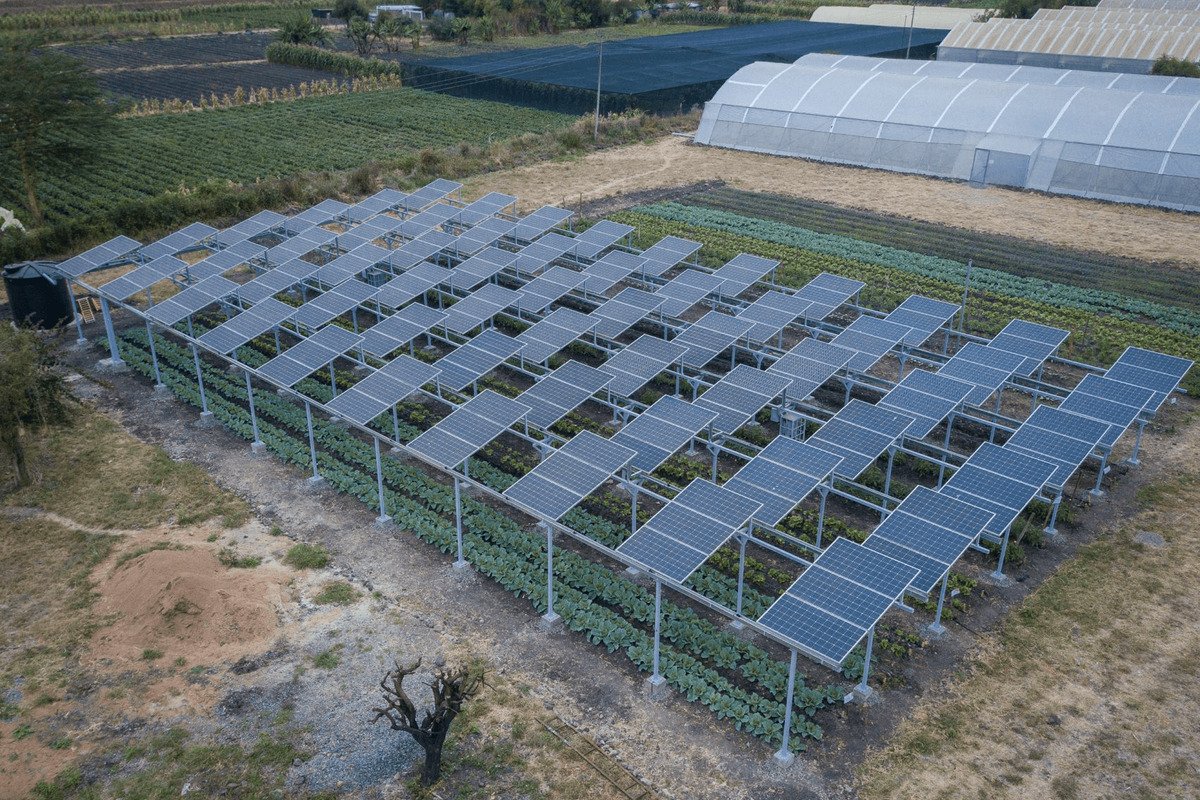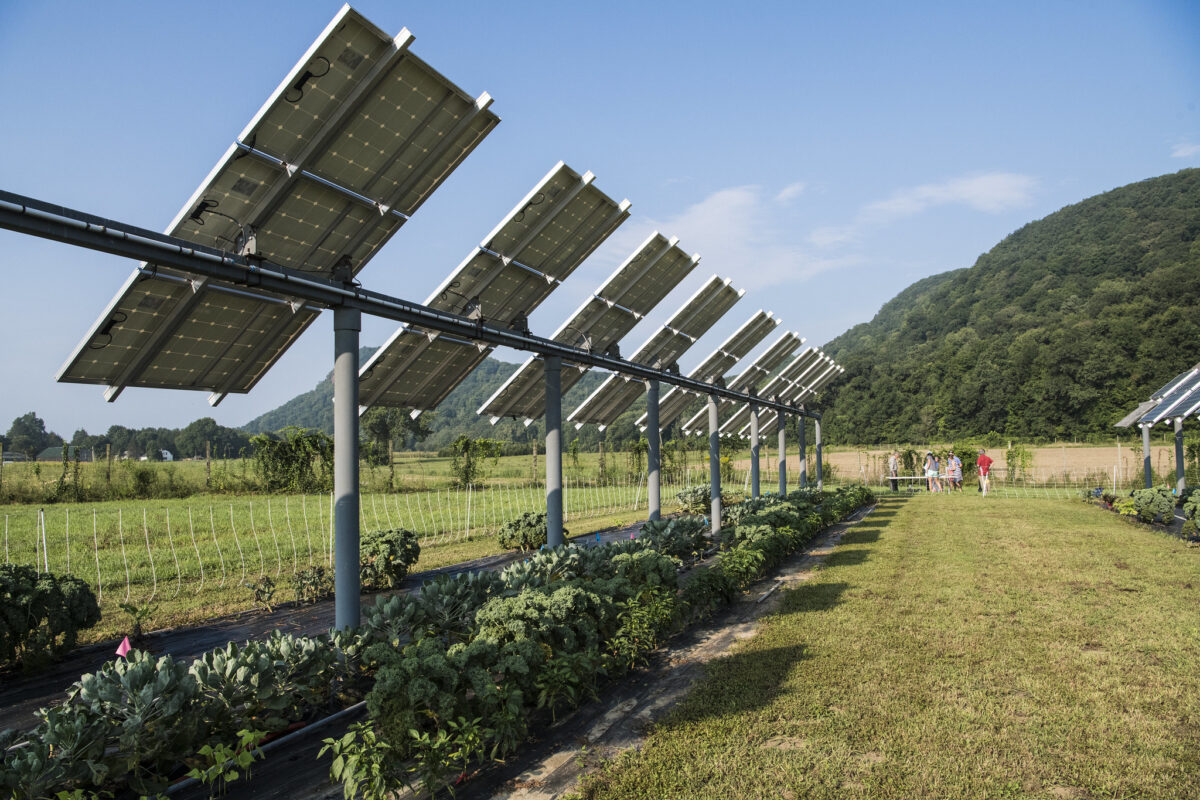Chinese researchers examined water evaporation on areas of land with two distinct types of agrivoltaic arrays and found that evaporation was greatly reduced in both cases. They investigated the connection between total surface evaporation and duration.
To lower the rate of evaporation on water surfaces, researchers from the University of Science and Technology of China have examined the potential of agrivoltaic installations.
One of the researchers, Wen Liu, said they used simple linear regression and SPSS Statistics, a statistical software suite produced by IBM for data management. It enabled them to explore the relationship between cumulative surface evaporation and duration.
A traditional agrivoltaic system using solar panels made of crystalline silicon made up the first array. It was known as the Even-lighting Agrivoltaic System (EAS). It has grooved glass plates sandwiched between two typical PV panels to allow the even passage of sunlight with uniform illumination and provide suitable light intensity for plant photosynthesis.

The second array used bent glass panels wrapped in inexpensive multilayer interference coatings to enable sunlight separation. Red, blue, and far-red lights from sunlight are preferentially transmitted to plants. The remaining sunlight is then focused and reflected onto PV panels to produce power.
Whether the research subject performed CAS or EAS, the soil and water remain under the systems. The moisture content of the soil is higher than that of any soil surface exposed to direct sunshine.
According to their findings, researchers found significant evidence of lower water evaporation at both facilities. Additionally, both have reduced water evaporation by around 21 and 33 percent.
The total amount of water that evaporated from the pan surface throughout the experiment in the bare soil was 278.76 mm, 238.52 mm under the CAS, and 278.76 mm, 238.52 mm under the EAS. As a result, both have reduced water evaporation by 14 and 19 percent of the pan surface evaporation.
The scientists concluded that the correlation coefficient in all treatments was more than 0.91, suggesting a robust linear link.


